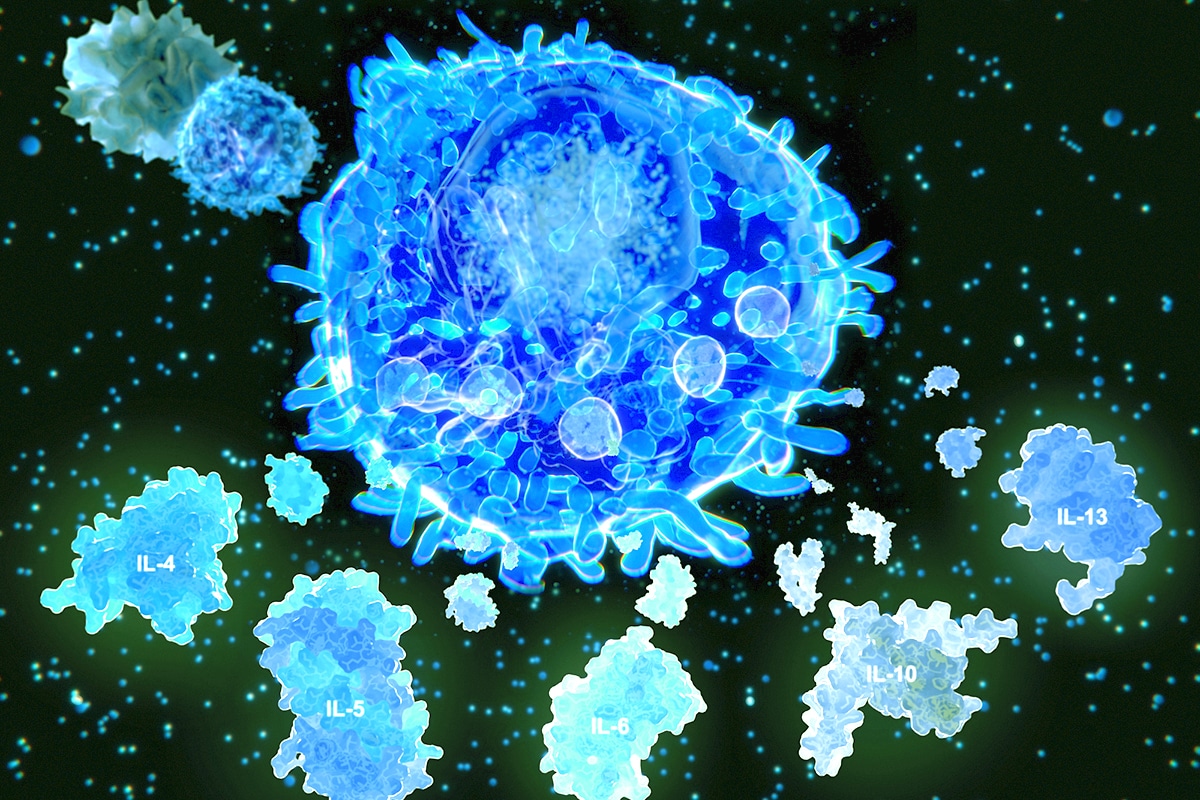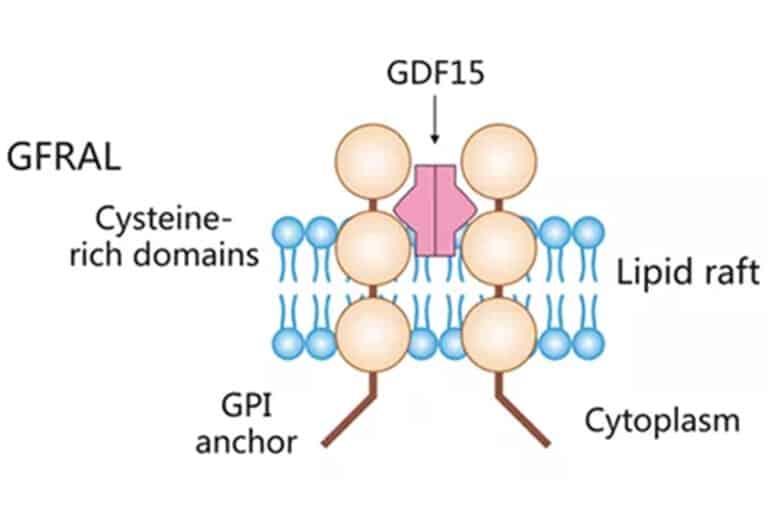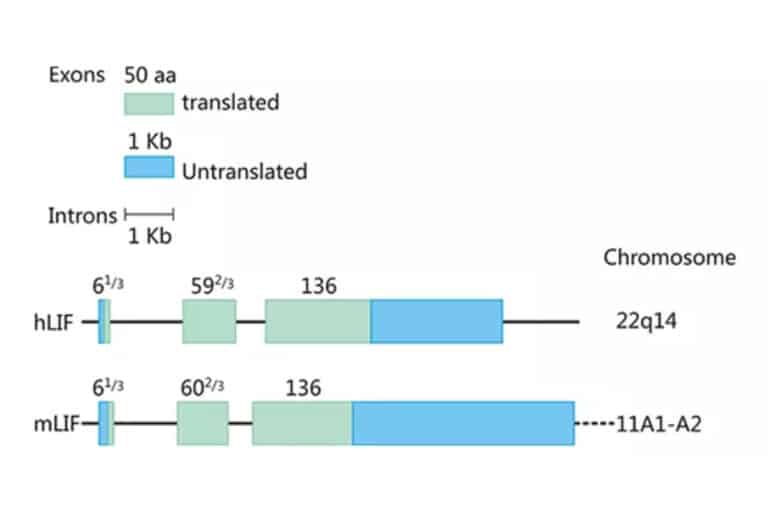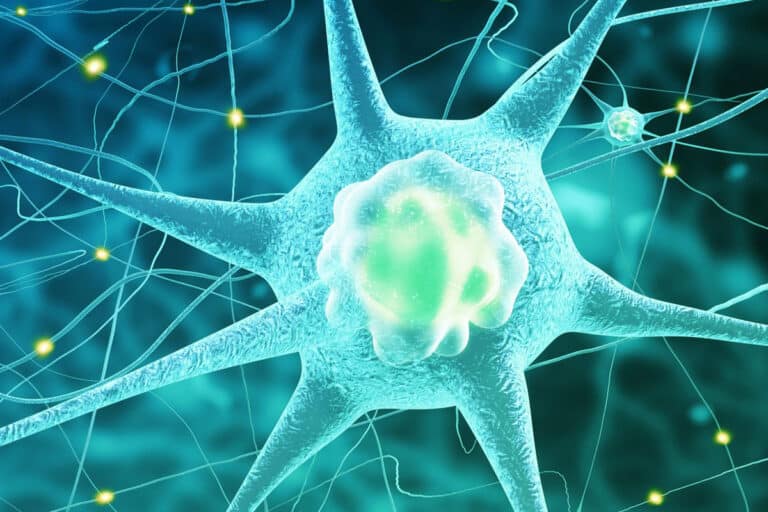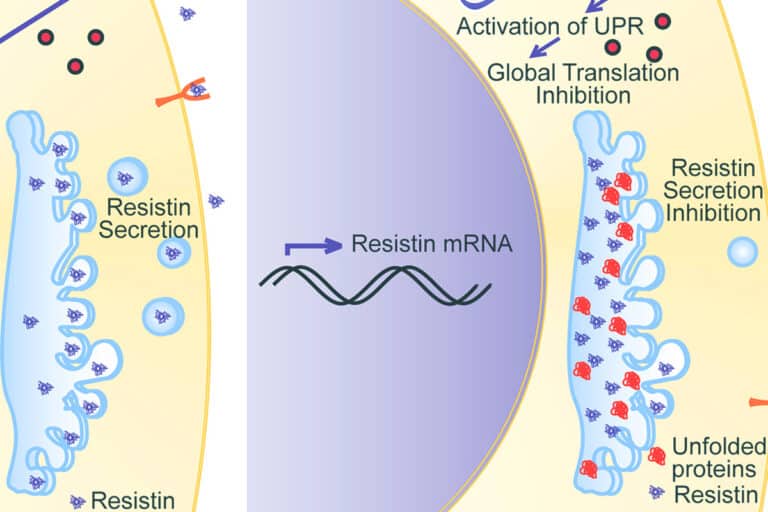What are Cytokines?
What Are Cytokines?
Introduction
Cytokines are a broad and loose category of small proteins, important in cell signaling. Cytokines are crucial in controlling the growth and activity of other immune system cells and blood cells. Cytokines are peptides and cannot cross the lipid bilayer of cells to enter the cytoplasm. Cytokines have been shown to be involved in autocrine, paracrine and endocrine signaling as immunomodulating agents. When released, they signal the immune system to do its job.
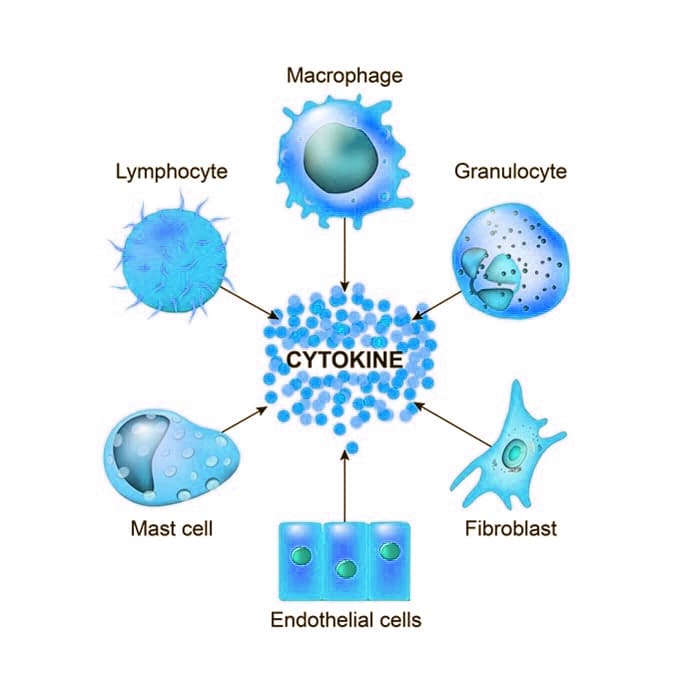
Five Cytokines
Interleukins
Interleukins (IL) are a type of cytokine first thought to be expressed by leukocytes alone, but have later been found to be produced by many other body cells. The primary function of interleukins is, therefore, to modulate growth, differentiation, and activation during inflammatory and immune responses. Interleukins consist of a large group of proteins that can elicit many reactions in cells and tissues by binding to high-affinity receptors in cell surfaces. They have both paracrine and autocrine function. Interleukins are also used in animal studies to investigate aspect related to clinical medicine.
Interleukin-2 (IL-2) helps immune system cells grow and divide more quickly. A man-made version of IL-2 is approved to treat advanced kidney cancer and metastatic melanoma. IL-2 can be used as a single drug treatment for these cancers, or it can be combined with chemotherapy or with other cytokines such as interferon-alfa.
Other interleukins, such as IL-7, IL-12, and IL-21, continue to be studied for use against cancer too, both as adjuvants and as stand-alone agents.
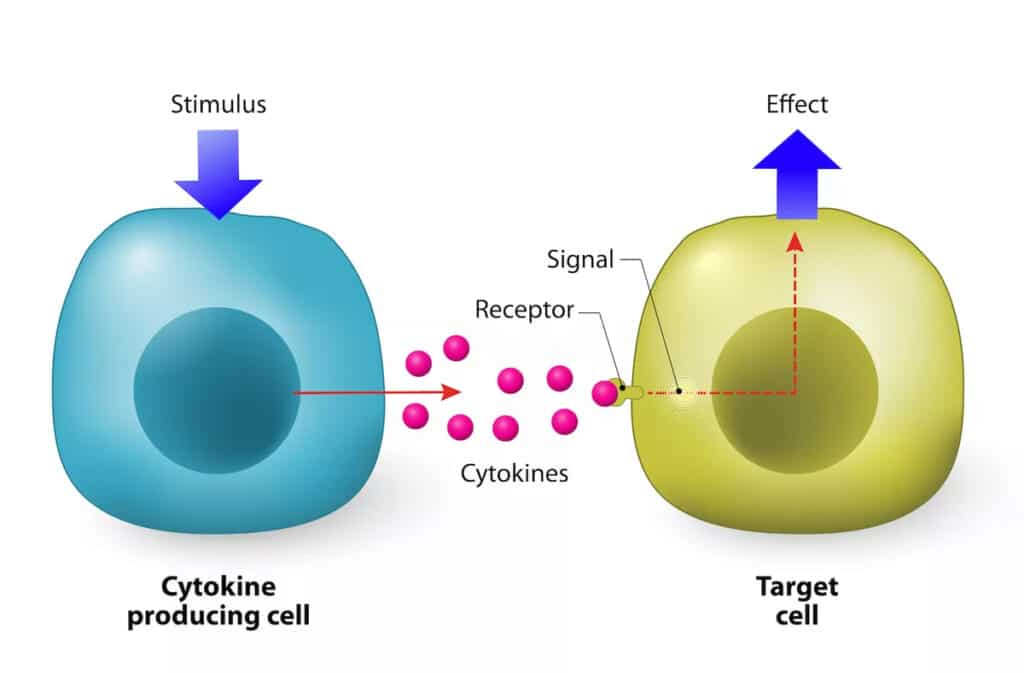
Chemokines
Chemokines are a family of small cytokines or signaling proteins secreted by cells that induce directional movement of leukocytes, as well as other cell types, including endothelial and epithelial cells. Chemokines are important for biological processes, including morphogenesis and wound healing, as well as in the pathogenesis of diseases like cancers.
Chemokines have been classified into four main subfamilies: CXC, CC, CX3C and C. All of these proteins exert their biological effects by interacting with G protein-linked transmembrane receptors called chemokine receptors, that are selectively found on the surfaces of their target cells.
Interferons
Interferons are a group of signaling proteins made and released by host cells in response to the presence of several viruses. In a typical scenario, a virus-infected cell will release interferons causing nearby cells to heighten their anti-viral defenses.
IFNs belong to the large class of proteins known as cytokines, molecules used for communication between cells to trigger the protective defenses of the immune system that help eradicate pathogens.
More than twenty distinct IFN genes and proteins have been identified in animals, including humans. They are typically divided among three classes: Type I IFN, Type II IFN, and Type III IFN. IFNs belonging to all three classes are important for fighting viral infections and for the regulation of the immune system.
Do Cytokines Reduce Inflammation?
Cytokines are regulators of host responses to infection, immune responses, inflammation, and trauma. Some cytokines act to make disease worse (proinflammatory), whereas others serve to reduce inflammation and promote healing (anti-inflammatory).
Reference:
- Janeway’s Immunobiology. Garland Science. 2017. p. 107. ISBN 978-0-8153-4551-0.
- Lackie J (2010). “Cytokines”. A Dictionary of Biomedicine. Oxford University Press. ISBN 978-0-19-954935-1.
- “Cytokine”. Stedman’s Medical Dictionary (28th ed.). Wolters Kluwer Health, Lippincott Williams & Wilkins. 2006. ISBN 978-0-7817-6450-6.

